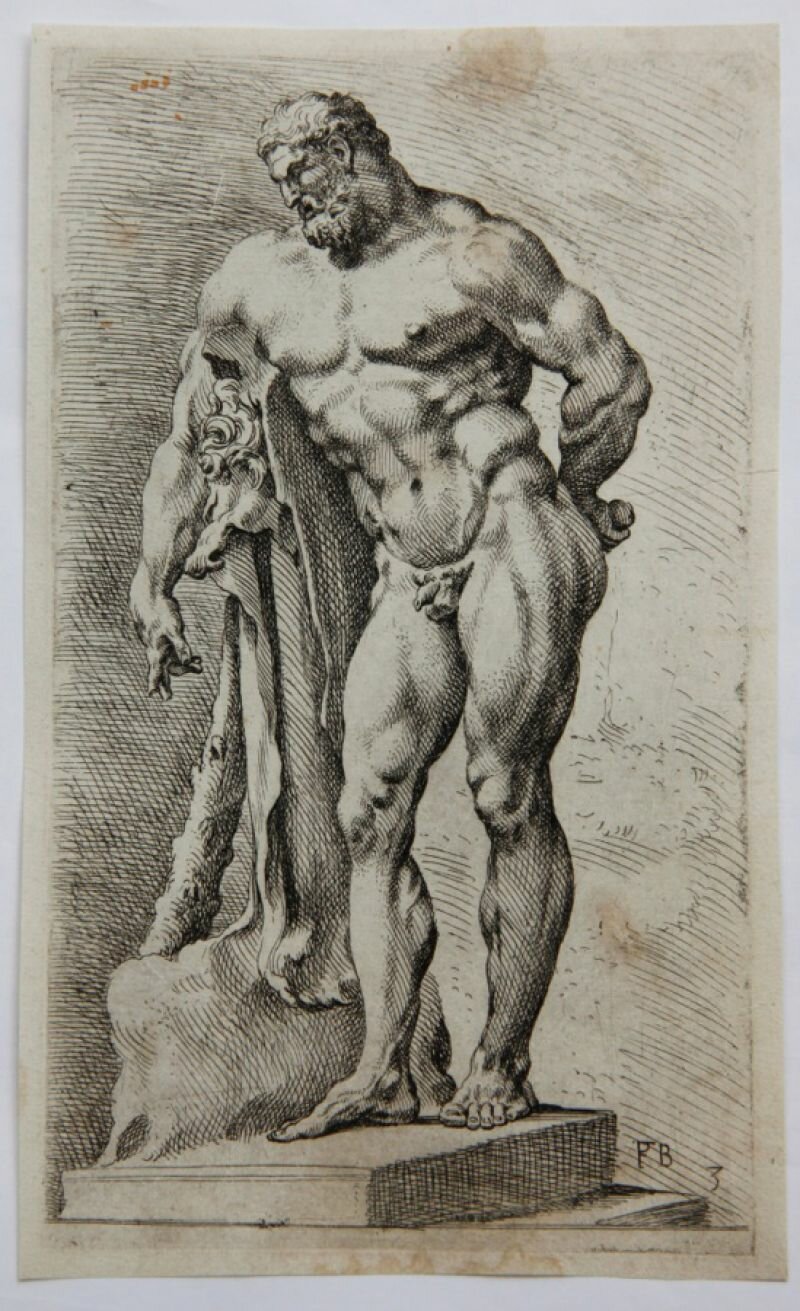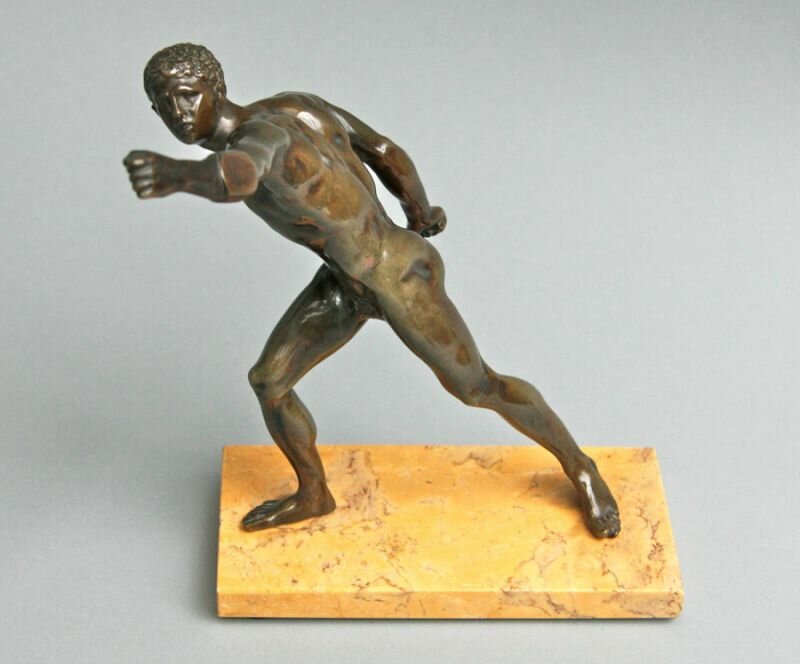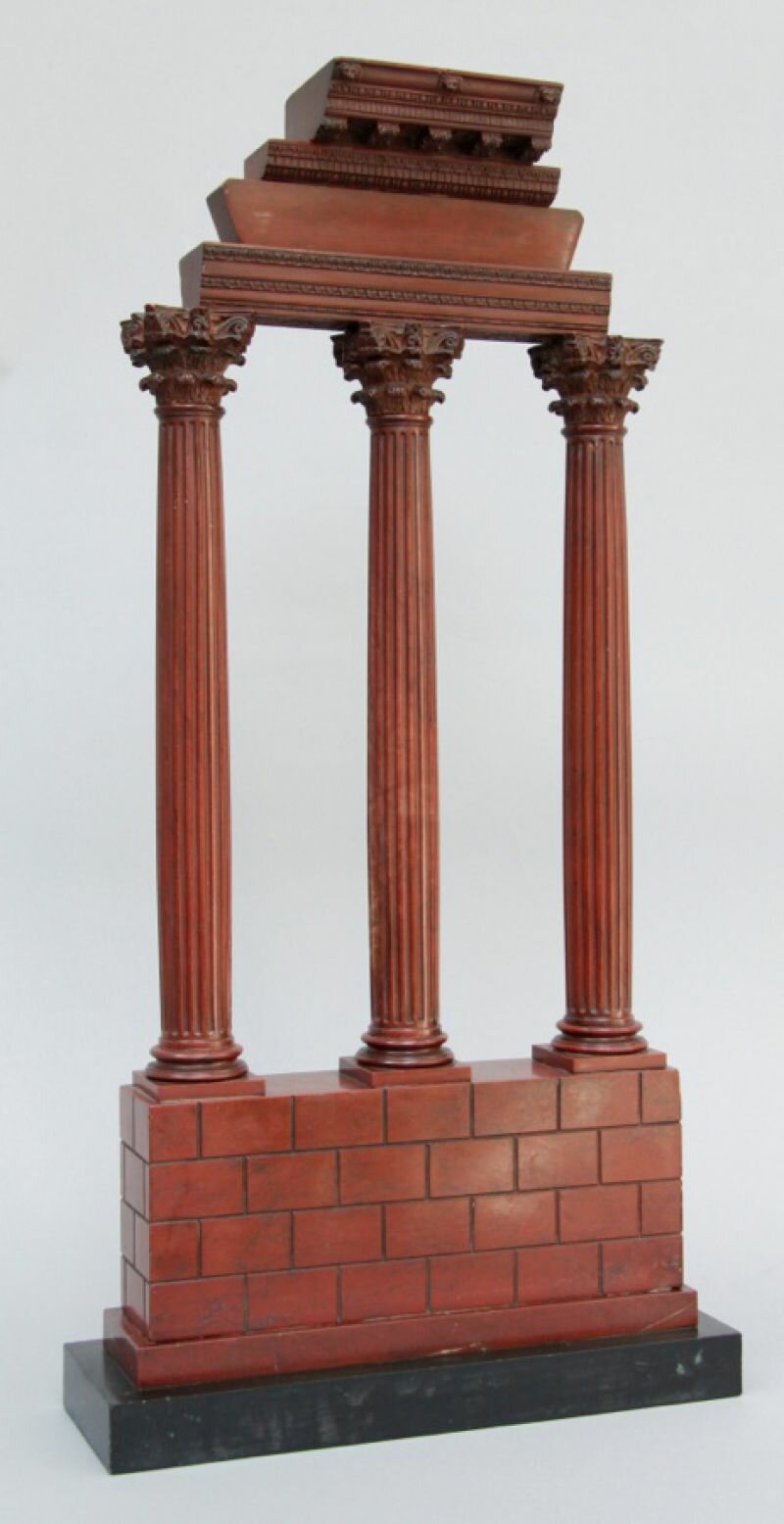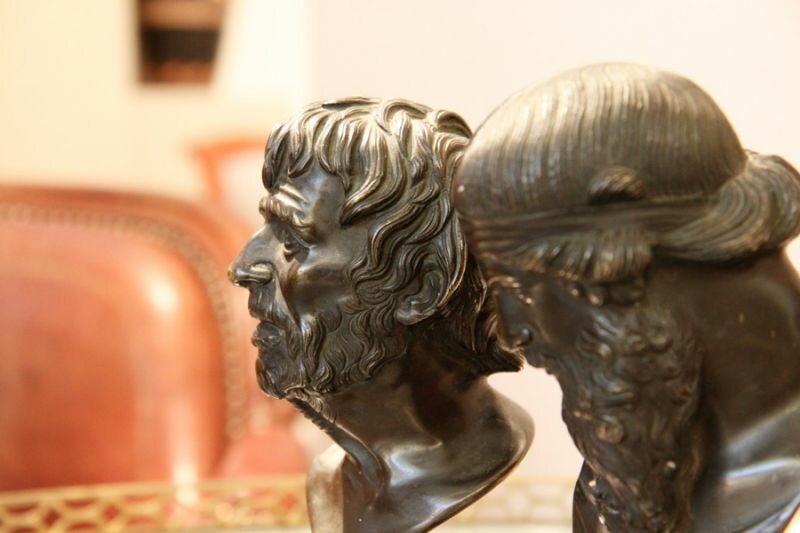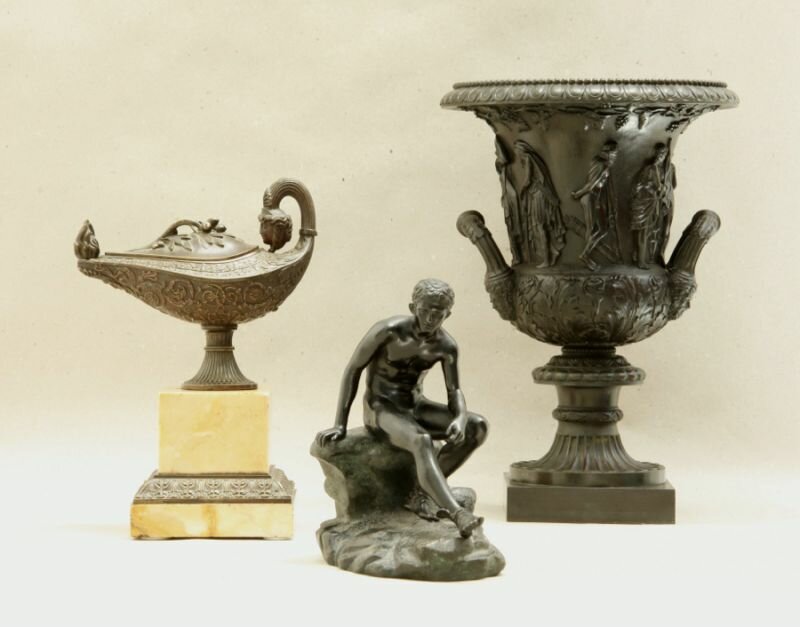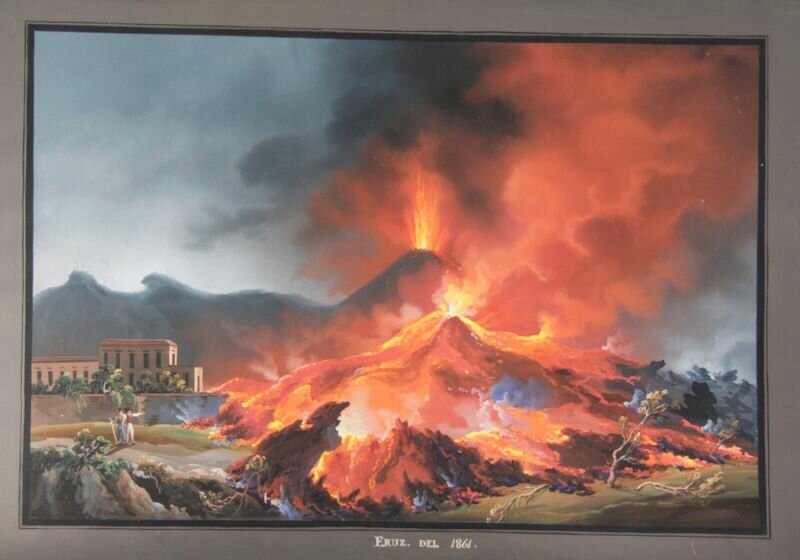
The Grand Tour, a journey to discover the classics, the arts, and social conduct, was exceptionally popular with the British upper class. When in the 18th century, Oxford and Cambridge lost much of their esteem many aristocrats decided to send their post-Eton sons off to explore the world instead. Their accrued knowledge and life experience would prepare young men – and from the 19th century onwards, women too – for key positions in society. Most travellers were younger than twenty, no more than boys for whom sowing their wild oats was implicit on their journey: the first lessons in love and gambling learnt.
Paris, and especially Italy, were the most important destinations on the Grand Tour. Travelling was time consuming and programmes were filled to the brim. Usually, the Grand Tourist’s voyage would last anywhere from six months to two years. The Venice carnival, Easter in Rome, an erupting Vesuvius had all to be seen and taken in.
To ensure the Tour’s success, the young traveller was assigned a bear leader (chaperone.) This would often be a man who knew their destination well and would show the little lord his way. Depending on the budget and the duration of the voyage, the Tourist might have been escorted by one or more chamberlains and a coachman. Many travellers hired a local to make sure that there would be at least one member of the party who could make himself understandable. The family’s foreign relations, local guides, or antiques dealers provided tours and introductions.
The Grand Tourist found himself in an endless stream of site seeing; too much, perhaps, to remember upon his return home. For this reason, most travellers wrote letters home or kept a travel log.
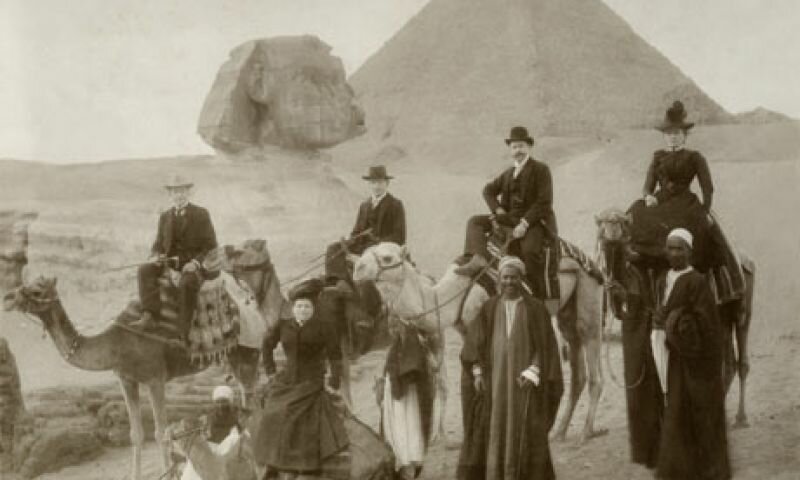
Of course, souvenirs that served as tangible memories of the trip were acquired along the way. Sometimes these would be original antiquities, other times the Grand Tourist would buy (scale) models of artworks, architectural structures, monuments, sculptures in bronze or marble, prints, drawings, paintings, and so-called dactyliothecae, made especially for this purpose.
The souvenirs gave status to their owners, acted as ‘conversation pieces’ during dinners with relations, friends, family members, and illustrated the Tourist’s gained knowledge and experience. Ultimately, they were used in art education and had a great deal of influence on the development of art and architecture. Every important art academy in the 19th century owned a collection of plaster sculptures, cast from famous sculptures from antiquity.
